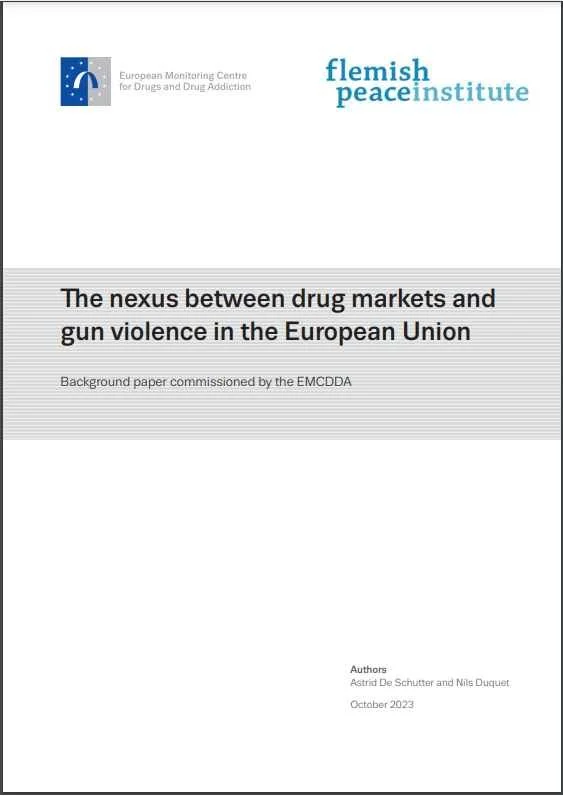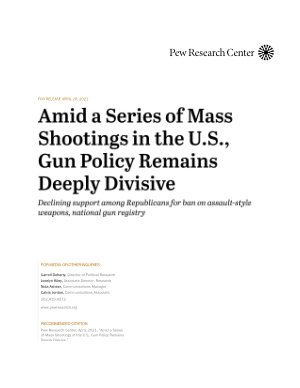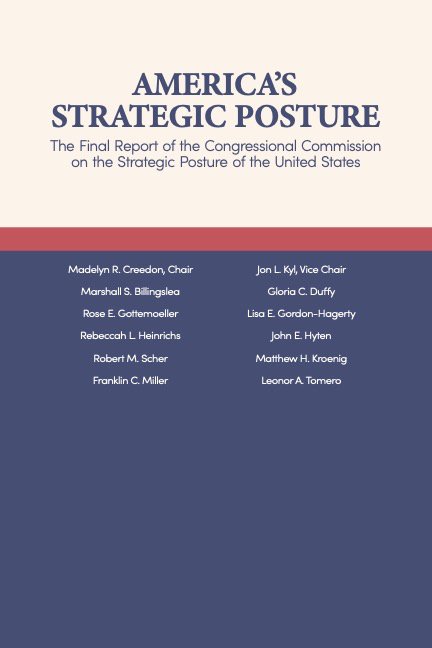By Astrid De Schutter and Nils Duquet
Firearms trafficking in the European Union (EU) is driven by criminal demand and is a key enabler for other criminal activities such as drug trafficking. Criminals seek to acquire firearms for instrumental purposes, namely to facilitate their criminal activities, where they use guns to threaten, intimidate or assault others (criminals or non-criminals), but they can also be acquired for the reputation afforded through the possession of – especially certain types of – firearms. Previous studies have shown that handguns are the type of firearm most commonly possessed by criminals in Europe as they are lightweight, easy to conceal and generally reliable. While automatic rifles can also be very effective for intimidation and assault purposes, their possession by criminals is less common. Criminal demand for firearms comes from various types of criminals ranging from international drug traffickers, armed robbers, youth gangs involved in street drug dealing, human traffickers, loan sharks, professional assassins and so on. Yet not all criminals have equal access to firearms. Given that legal access to firearms is almost impossible for criminals in Europe, they acquire them through other means. These firearms can, for example, be stolen from legal gun owners or state stockpiles, bought from a local criminal arms dealer or trafficked internationall . Interviews with experts, as well as previous studies, suggest also that the criminal demand for firearms is increasing in various EU Member States (9). Due to the traditionally closed character of illicit gun markets in Europe, firearms are often only accessible to criminals when they have the necessary criminal connections. Younger and less experienced criminals tend to experience more difficulties in their attempts to acquire firearms. In the past decade, however, law enforcement agencies from various European countries have noted an increased availability of firearms for criminals in their country. Previous studies have linked this to various trafficking methods, including the continuous supply of conflict legacy weapons from the Western Balkans, the increased trafficking in easy-to-reactivate firearms and in easy-to-convert blank-firing weapons and Flobert-calibre firearms . The possibilities generated by the internet have further eroded the closed character of illicit gun markets in Europe. The increased availability of firearms is believed to have ‘facilitated the gradual trickling-down of the possession and use of firearms to lower segments of the criminal hierarchy in several EU Member States, especially in western Europe’. In 2021 Europol noted that the use of violence in serious and organised crime seemed to be increasing in the EU, both in frequency and severity, augmented by the frequent use of firearms and explosives. A 2021 comparative study on gun violence in Europe, coordinated by the Flemish Peace Institute, concluded that firearms trafficking in Europe is not only driven by criminal demand, but is also strongly connected to criminal gun violence. The observed increased availability of various types of firearms to criminals has led to an escalation of criminal gun violence in several European countries and sometimes also to arms races among criminals. The study also concluded that shootings in the criminal underworld in Europe are mainly connected to the drugs trade and enabled by firearms trafficking. A 2018 EMCDDA study on drug-related homicide concluded that this type of homicide is more likely to involve the use of firearms than other means of violence . Findings from project TARGET state that young men (under the age of 35) are the main victims and perpetrators of lethal gun violence. This is also the case for non-lethal gun violence, but there is a more even age distribution in this category. In 2019 the EMCDDA and Europol noted that the criminal use of firearms, including automatic weapons, by organised crime groups involved in European drug markets appeared to be increasing (16). According to Europol, the use of violence related to the trade in drugs – cocaine and cannabis in particular – has escalated in recent years, and the availability of firearms and explosives is a key enabler for this violence (17). A previous study concluded that more research is needed to uncover the dynamics between drug markets in Europe and gun violence: ‘While there is clearly a link between the illegal drug trade and firearm violence, this connection and its enabling elements are an important avenue for further research’ (18). Counteracting drug-related gun violence requires a good intelligence picture of its scope, characteristics and dynamics. The objective of this report is to analyse the nexus between gun violence and the illegal drug market in Europe. To reach this objective, this paper addresses the following research questions: 1. What is the nexus between firearms trafficking and drug trafficking in the European Union? 2. What are the scope and characteristics of drug-related firearms violence in the European Union? 3. How does this violence impact society?
Brussels: Flemish Peace Institute, 2023. 57p.






















